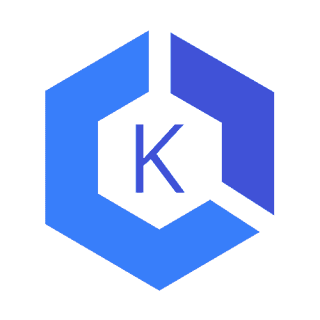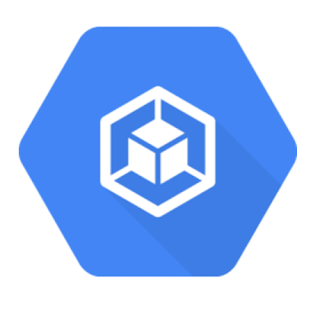Kubernetes (K8s) is an open-source system for automating deployment, scaling, and management of containerized applications.
 |
| Photo by Kindel Media from Pexels - modified by Beolle |
You can run Kubernetes using the different cloud services offerings based on your vendor of choice. Here are some of the most popular offerings:

Amazon AWS
Amazon Elastic Kubernetes Service (EKS)
Microsoft Azure
Azure Kubernetes Service (AKS)


Google cloud
Google Kubernetes Engine (GKE)
What are some of the benefits when running Kubernetes using cloud services?
- Security. Security in cloud, pod security, policies to secure applications, and others.
- Health checks. The different choices above offer services such as: replacement of unhealthy nodes, auto-repair, and monitoring.
- Multiple Zones. For high availability.
- Automatic scaling and upgrades.
- Compliance. EKS, AKS and GKE complies with SOC, ISO, HIPPA standards and others.





